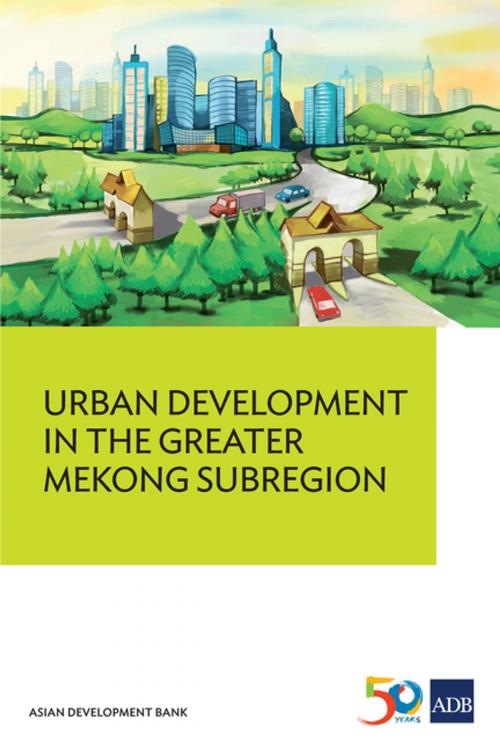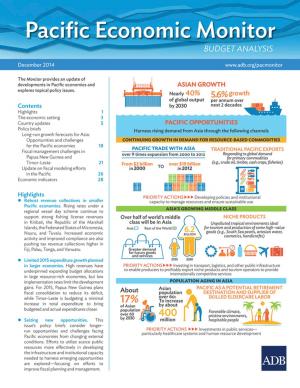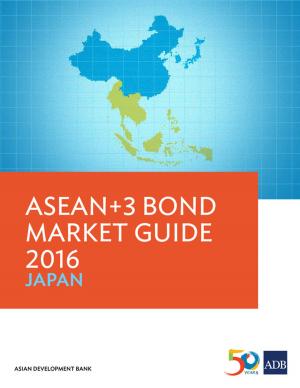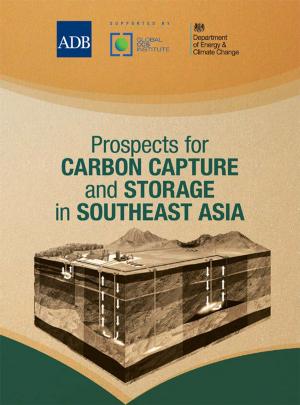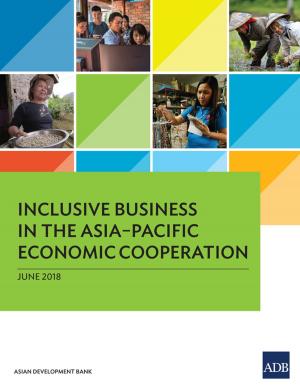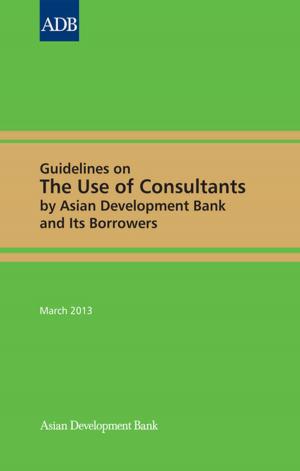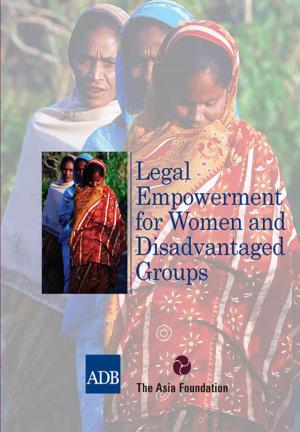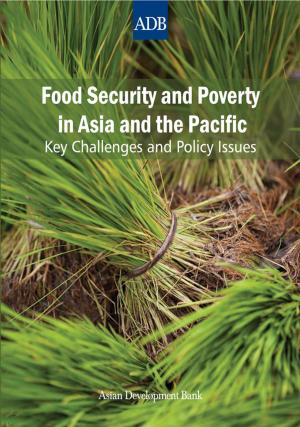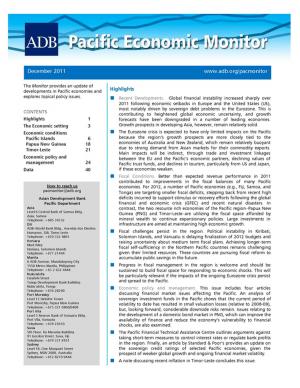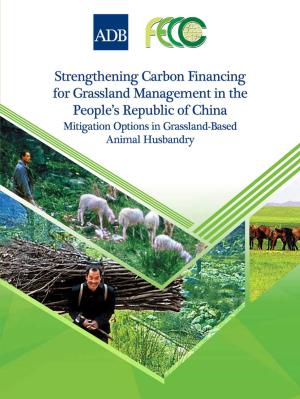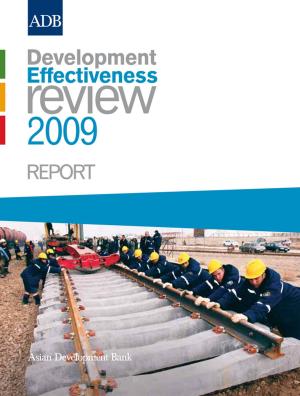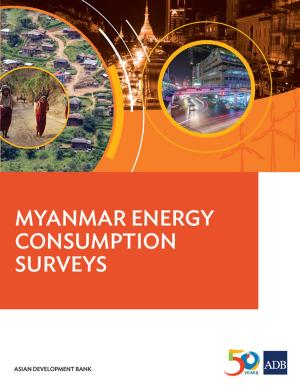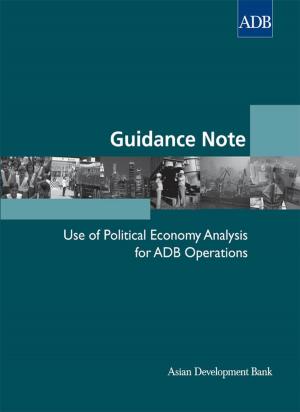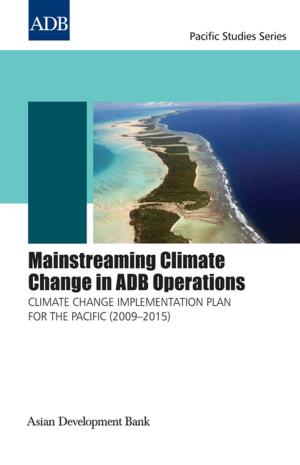Urban Development in the Greater Mekong Subregion
Business & Finance, Economics, Urban & Regional, Nonfiction, Social & Cultural Studies, Political Science, Politics, City Planning & Urban Development| Author: | ISBN: | 9789292549848 | |
| Publisher: | Asian Development Bank | Publication: | June 1, 2016 |
| Imprint: | Asian Development Bank | Language: | English |
| Author: | |
| ISBN: | 9789292549848 |
| Publisher: | Asian Development Bank |
| Publication: | June 1, 2016 |
| Imprint: | Asian Development Bank |
| Language: | English |
This publication about the urban agenda in the Greater Mekong Subregion (GMS) is timely as the world economy embraces the region with accelerated growth. An important element of the Association of Southeast Asian Nations Economic Community, the GMS is expected to catch up with the rest of Asia by 2050. With urbanization levels still averaging about 30%, gross domestic product contributions of towns and cities have moved ahead to 50%–60%. By 2050, when urban areas in the GMS reach 64%–74%, urban gross domestic product will grow to an estimated 70%–80%. The challenge lies in consolidating and deepening development along the existing corridors and improving the environmental conditions to prepare for future green growth developments.
This publication about the urban agenda in the Greater Mekong Subregion (GMS) is timely as the world economy embraces the region with accelerated growth. An important element of the Association of Southeast Asian Nations Economic Community, the GMS is expected to catch up with the rest of Asia by 2050. With urbanization levels still averaging about 30%, gross domestic product contributions of towns and cities have moved ahead to 50%–60%. By 2050, when urban areas in the GMS reach 64%–74%, urban gross domestic product will grow to an estimated 70%–80%. The challenge lies in consolidating and deepening development along the existing corridors and improving the environmental conditions to prepare for future green growth developments.
